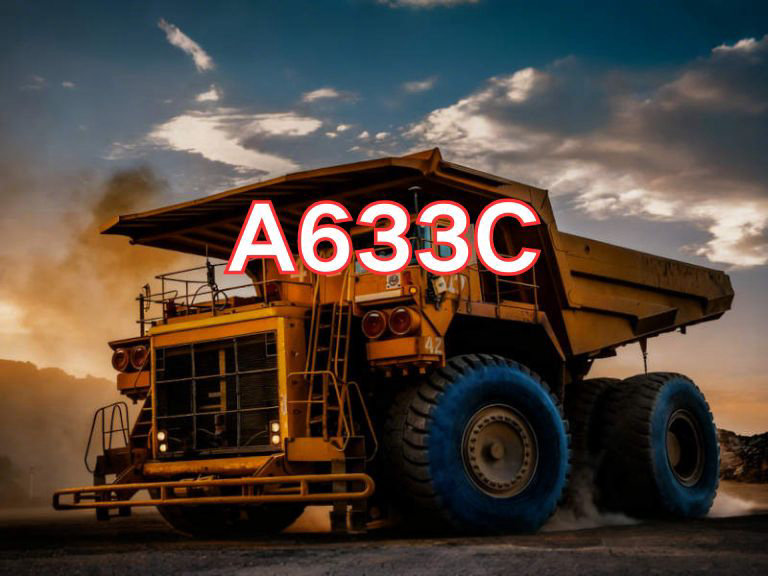

A633C
A633C is a high-strength low-alloy structural steel plate. Its designation originates from the American Society for Testing and Materials (ASTM) standard. In this nomenclature, "A" indicates ferrous materials, "633" is the standard number (ASTM A633), and the letter "C" denotes a specific grade—Grade C—within this standard, distinguished by its chemical composition and mechanical properties.
The primary characteristics of A633C steel plate include high yield strength and good toughness, with a minimum yield strength typically not less than 345 MPa. It also exhibits excellent weldability and formability. The addition of microalloying elements such as niobium, vanadium, and titanium enhances strength through grain refinement and precipitation hardening, while maintaining a low carbon equivalent. This reduces the risk of cold cracking in weld zones. Furthermore, A633C offers good atmospheric corrosion resistance and fatigue resistance, making it suitable for long-term service in harsh environments.
This steel plate is widely used in engineering structures requiring high strength and reliability, such as large bridges, heavy-duty vehicles, construction machinery, building frames, offshore platforms, and cranes. Due to its superior comprehensive performance, A633C serves as an effective replacement for ordinary carbon steels (e.g., A36), enabling reduced structural weight, improved load capacity, and more efficient material usage.
The current standard governing A633C steel plate is ASTM A633/A633M-23, where "A" refers to the inch-pound units and "M" to the metric units, with "-23" indicating the standard's latest revision year, 2023. This specification defines requirements for chemical composition, mechanical properties, heat treatment (typically normalized or thermomechanically rolled), dimensional tolerances, and testing methods. It should be noted that while ASTM standards are widely adopted globally, when used in domestic projects in China, compliance with Chinese national standards (such as GB/T 1591) or relevant technical certifications may also be required.

Ultrasonic Testing (UT)
A key non-destructive testing technique that uses high-frequency sound waves to detect internal flaws in steel plates. The probe emits sound waves, which reflect when encountering defects such as cracks or inclusions. The receiver captures the echoes, enabling precise determination of defect location and size. With high sensitivity, strong penetration, and fast inspection speed, UT effectively ensures internal quality, widely used in the production of heavy plates, pressure vessel plates, and other high-end products to guarantee safety and reliability.

Magnetic Particle Testing (MT)
A common surface inspection method that magnetizes the workpiece, causing leakage magnetic fields at surface or near-surface defects like cracks or inclusions, which attract magnetic particles to form visible indications. Simple to operate and highly sensitive, MT is suitable for rapid inspection of surface and near-surface flaws in ferromagnetic materials, widely used for online or offline inspection of plate edges, ends, and welds, ensuring product quality and safety.

Penetrant Testing (PT)
A non-destructive method for detecting surface-breaking flaws. A penetrant liquid is applied to the cleaned steel surface, allowing it to seep into defects such as cracks or pores. After removing excess penetrant, a developer is applied, causing the trapped penetrant to bleed out and form visible indications. Simple and cost-effective, PT is suitable for inspecting surface defects in various non-porous materials, commonly used for welds, castings, and complex components, effectively ensuring surface quality of steel plates.












